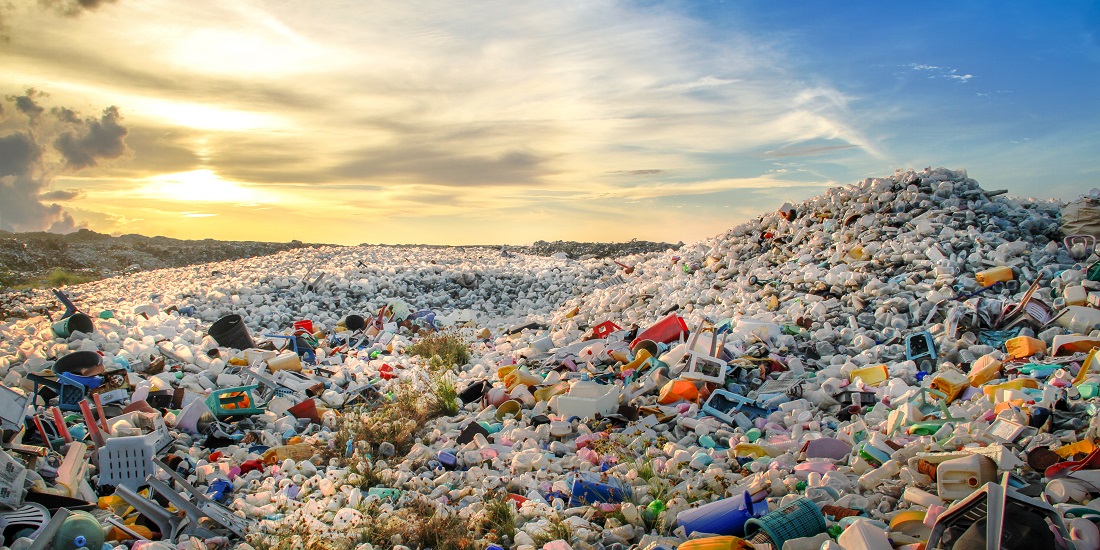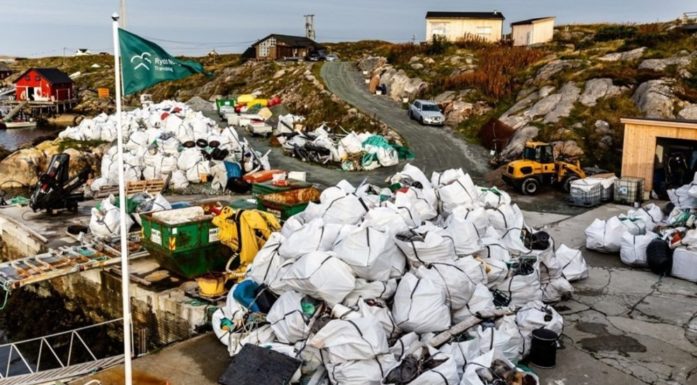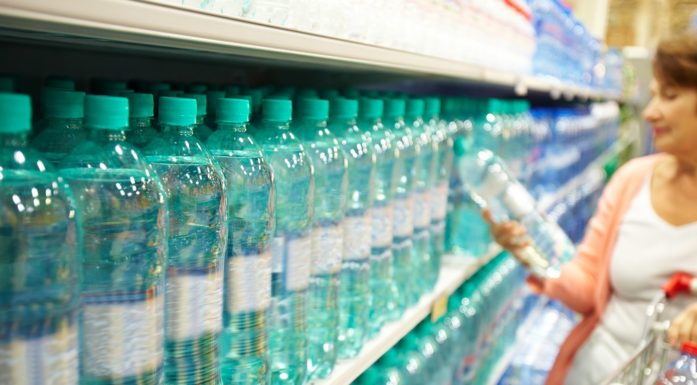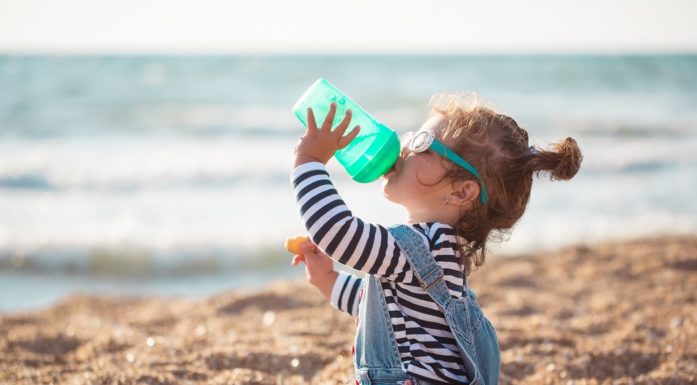More than 16000 chemicals in plastic; many are harmful
Researchers have found more than 16,000 different chemicals in plastics. A new report shows that about a quarter of these chemicals can be hazardous to health and the environment.
Plastic pollution is an international environmental crisis, and the researchers behind a new report are becoming increasingly concerned about the health consequences of plastic.
“We know that there are many problematic chemicals in plastics. They pose a threat to both human health and the environment. Therefore, we must make plastic safe and sustainable,” says Martin Wagner, a professor at NTNU’s Department of Biology.
He is the lead author of a new international report published on 14 March. The PlastChem Report provides essential scientific information about chemicals found in plastics, enabling us to produce much safer plastics in the future. Wagner coordinated the project.
The UN is working on a global plastics treaty
The United Nations is in the process of negotiating a global treaty on plastics. The goal is to end plastic pollution and develop plastics that are safer and more sustainable. That makes it very important for decision makers to know as much as possible about the chemicals in plastics, and take them into account when making decisions.
“We can only deal with the plastic problem if we take the chemicals in the plastic into account, and manage them in a responsible manner,” says Wagner.
A previous report on plastics from the United Nations Environment Programme (UNEP) identified 13,000 chemicals, but the new report shows that the number is actually more than 16,000.
- You might also like: If we can’t untangle this mess, Norway’s blue industry will never be green
One in four plastic chemicals is dangerous.
The key findings of the new report:
- At least 4200 plastic chemicals, approximately 26 per cent, pose a health and/or environmental hazard.
- 400 of the chemicals that are of concern to the researchers are found in all types of plastics, including plastic food packaging. All plastics can leach hazardous chemicals.
- To make plastic materials safer, we need new methods to regulate the chemicals. This includes identifying the hazardous chemicals and regulating hazardous groups of plastic chemicals.
In addition to being a database of problematic substances, the document also provides a method for identifying and managing chemicals of concern in plastics.
Plastic chemicals include all chemicals found in plastic, in addition to additives, impurities and chemicals that are used during production.
- You might also like: Can microplastics be used to make concrete?
Four pieces of advice
The researchers have formulated four points that they believe decision makers must address:
- Regulate the use of problematic substances in plastics.
- Create more transparency around which chemicals are used in plastic production.
- Make plastics less complicated so we don’t have to deal with so many chemicals.
- Increase impact and capacity to make it easier for authorities, industry and researchers to work together to make better plastics.
Unique report on plastics
“This is a unique report. It uses a systematic, comprehensive approach to understand the chemical dimension of plastics,” says co-author Hans-Peter Arp, NTNU professor.
“The report will play a crucial role in tackling the problem of plastic pollution,” says co-author Ksenia Groh from the Swiss research institute Eawag.
Reference: Martin Wagner, Laura Monclús, Hans Peter H. Arp, Ksenia J. Groh, Mari E. Løseth, Jane Muncke, Zhanyun Wang, Raoul Wolf, Lisa Zimmermann (2024). State of the science on plastic chemicals – Identifying and addressing chemicals and polymers of concern, http://dx.doi.org/10.5281/zenodo.10701706.






